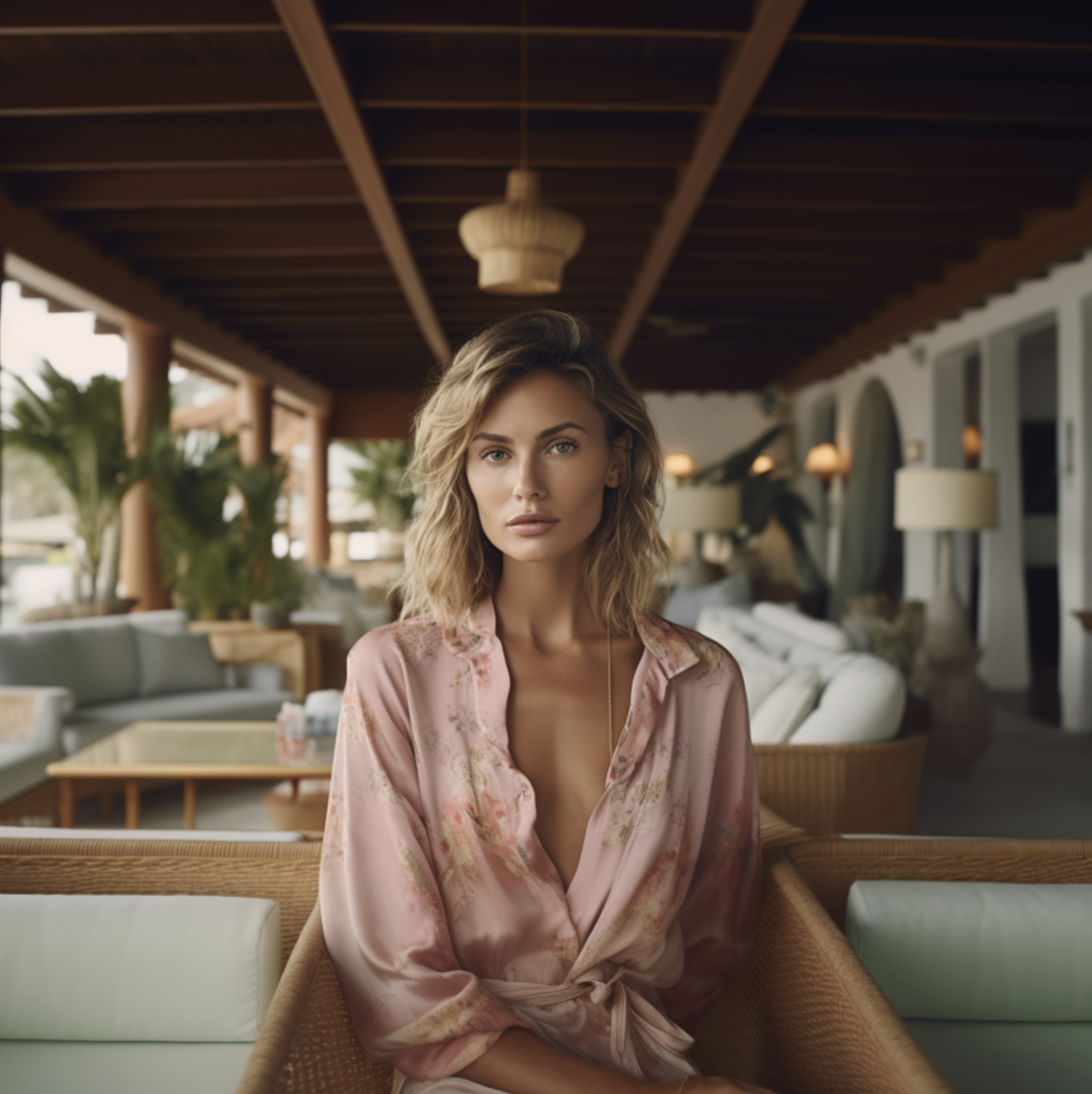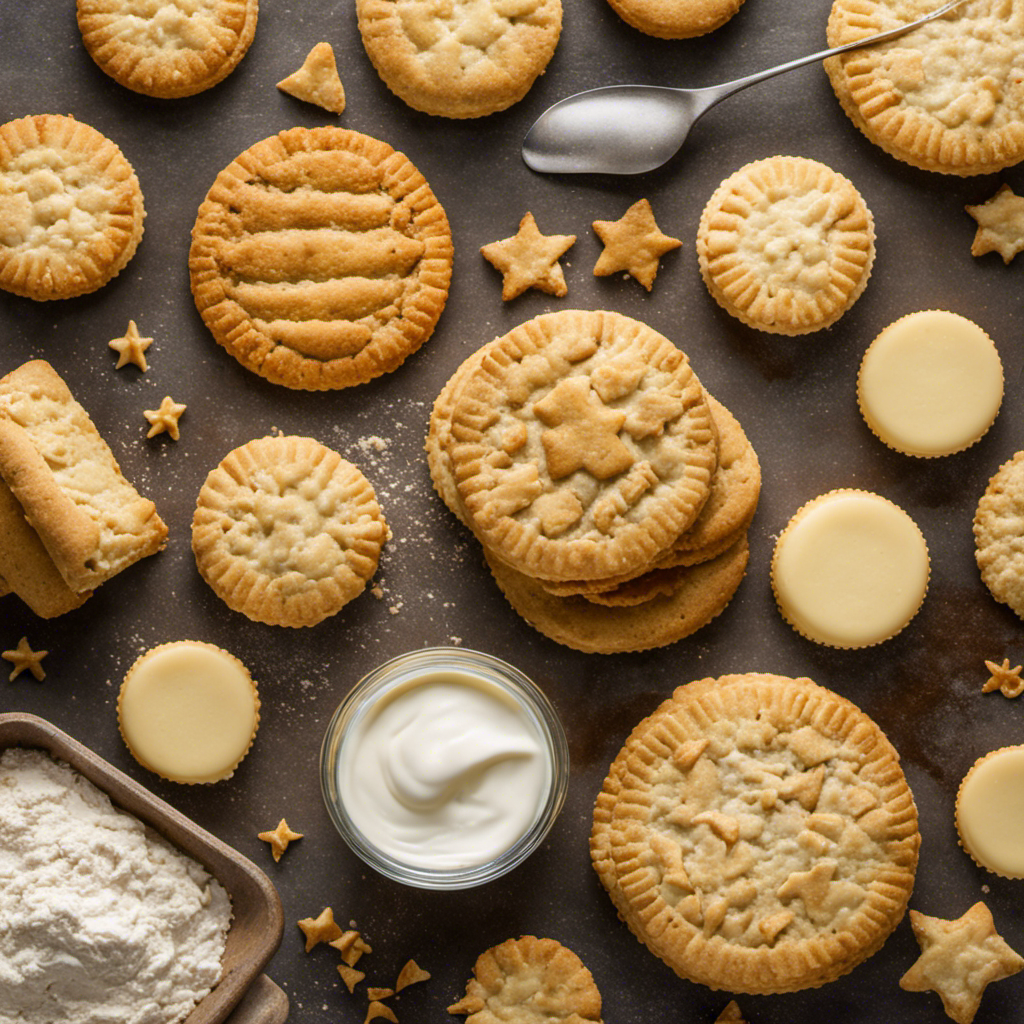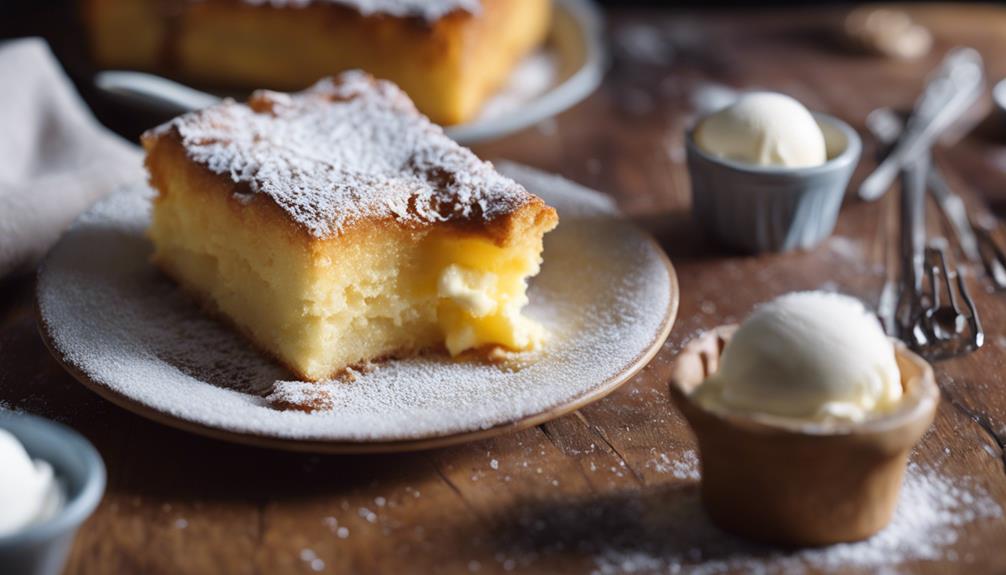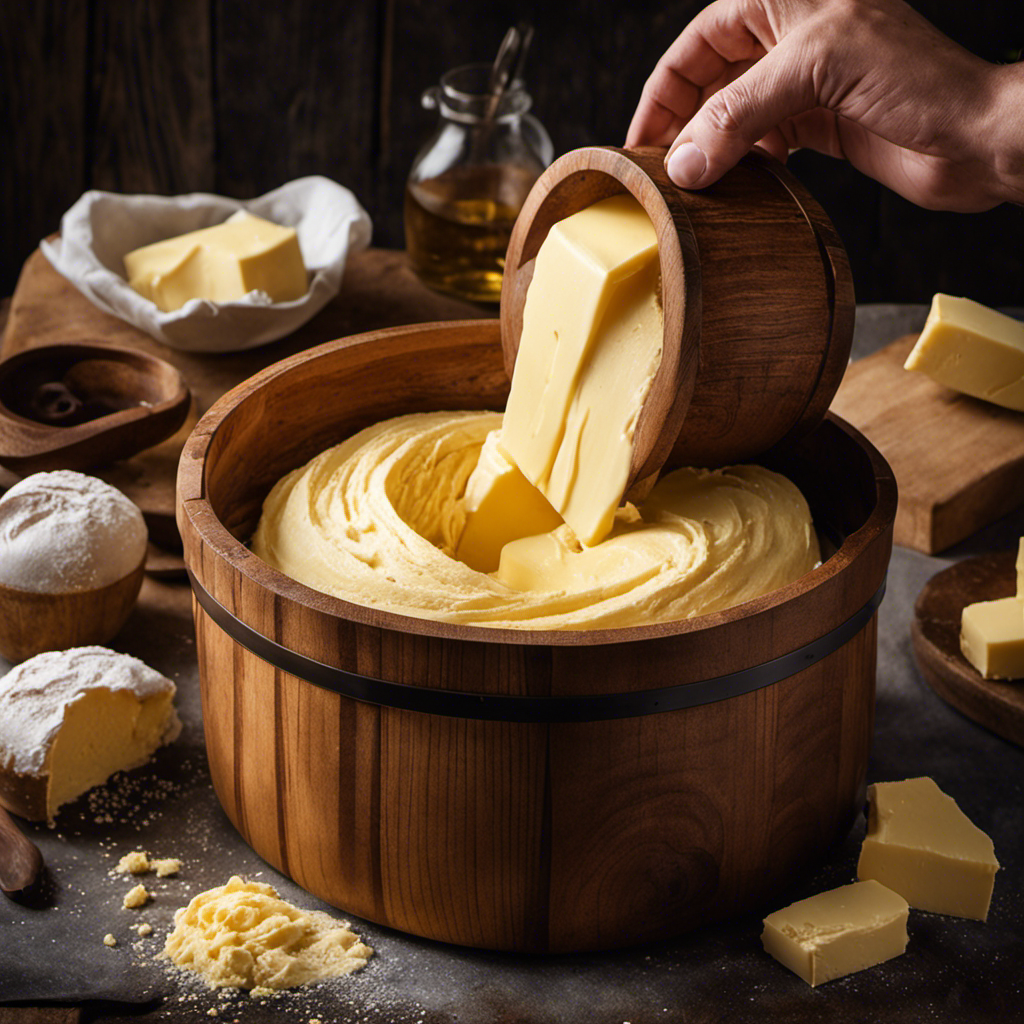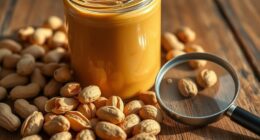I’m amazed at how simple it is to turn unsalted butter into the delightful treat that is salted butter. By adding a bit of salt, you can enhance the flavor and bring your butter to a whole new level. Once you give this method a try, you won’t want to go back to regular unsalted butter. Prepare to savor the perfect combination of creamy, savory goodness.
Let’s dive into the simple steps of making your own salted butter.
Key Takeaways
- Adding salt to unsalted butter allows for control over the salt content in recipes.
- Different types of salt can be used for making salted butter, each offering unique flavors and textures.
- There are multiple methods of incorporating salt into unsalted butter, such as mashing, mixing, or kneading.
- Homemade salted butter can be stored in an airtight container and used to enhance the flavor of various dishes.
Understanding the Difference Between Unsalted and Salted Butter
I prefer using unsalted butter for baking because it allows me to control the amount of salt in my recipes. Unsalted butter has several health benefits compared to salted butter. It contains less sodium, making it a healthier option for those watching their salt intake. Additionally, unsalted butter allows the natural flavors of the ingredients to shine through, giving baked goods a richer and more nuanced taste.
When using unsalted butter in recipes, it’s important to add the desired amount of salt separately to achieve the perfect balance of flavors. To ensure proper substitution, a general rule of thumb is to add ¼ teaspoon of salt for every ½ cup of unsalted butter. By using unsalted butter, I can customize the salt content in my baked goods and create delicious treats that suit my taste preferences.
Now that we understand the benefits of using unsalted butter, let’s move on to gathering the ingredients and equipment needed for the recipe.
Gathering the Ingredients and Equipment
To start, gather all the necessary ingredients and equipment for the process. Here’s what you’ll need:
- Himalayan pink salt: This unique salt adds a subtle flavor and a touch of elegance to your butter.
- Sea salt flakes: These delicate flakes provide a satisfying crunch and a burst of briny goodness.
- Kosher salt: Known for its coarse texture and clean flavor, kosher salt is a popular choice for seasoning butter.
- Fleur de sel: This hand-harvested sea salt is prized for its delicate flavor and delicate crunch.
- Maldon salt: These pyramid-shaped flakes are famous for their intense saltiness and superb texture.
Experimenting with different salt to butter ratios is key to achieving the perfect balance of flavor. Start with a small amount of salt and gradually increase it until you reach your desired taste. Remember, it’s always better to start with less salt and add more if needed.
Happy butter making!
Adding Salt to Unsalted Butter: The Method
Add the desired amount of salt to the unsalted butter and mix until well combined. There are a few methods of making flavored butter, and one of the easiest ways is by adding salt to unsalted butter. By doing this, you can instantly transform plain unsalted butter into a savory and flavorful spread.
The benefits of using salted butter are numerous. The salt not only enhances the taste of the butter but also acts as a natural preservative, extending the shelf life of the butter. Additionally, salted butter adds a hint of saltiness to dishes, complementing the flavors of various recipes.
To ensure that the salt is evenly distributed throughout the butter, continue mixing until it’s fully incorporated. This will ensure a consistent and delicious flavor in every bite.
Mixing and Incorporating the Salt
Mixing the salt into the unsalted butter creates a savory and flavorful spread that enhances the taste of various recipes. To ensure an even distribution of salt throughout the butter, there are several mixing techniques that can be used.
One method is to use a fork or spoon to mash the salt into the butter until it’s fully incorporated.
Another technique is to place the butter and salt in a mixing bowl and use an electric mixer on low speed to blend them together.
For those who prefer a more hands-on approach, kneading the salt into the butter with clean hands can achieve the desired result.
The amount of salt added can also vary depending on personal preference. Some flavor variations to consider when mixing salt into unsalted butter include adding herbs like rosemary or thyme, spices like garlic powder or paprika, or even a touch of honey for a hint of sweetness.
Storing and Using Homemade Salted Butter
When storing homemade salted butter, I like to use an airtight container to keep it fresh and prevent it from absorbing any unwanted odors from the refrigerator. This ensures that the butter stays flavorful and maintains its quality for longer.
Homemade salted butter offers a wide range of flavor variations, depending on the type and amount of salt used. You can experiment with different salts like sea salt, Himalayan pink salt, or flavored salts to add a unique twist to your butter.
As for creative recipes using homemade salted butter, the possibilities are endless. You can use it to make delicious buttery sauces, spread it on toast or pancakes, or incorporate it into baked goods for a rich and flavorful taste.
Homemade salted butter truly enhances the flavor of any dish it’s used in.
Frequently Asked Questions
Can I Use Any Type of Salt to Make Salted Butter?
Yes, you can use different types of salt to make salted butter. However, it’s important to consider the taste and texture you want to achieve.
Coarser salts, like sea salt or kosher salt, can provide a satisfying crunch and enhance the flavor of the butter.
On the other hand, finely ground salts, like table salt, may dissolve more easily and distribute evenly throughout the butter.
Experiment with different types of salt to find your preferred balance of flavor and texture.
How Much Salt Should I Add to Unsalted Butter to Make Salted Butter?
To make salted butter, you simply need to add salt to unsalted butter. But how much salt should you use? Well, it all depends on your personal preference. Some people like a subtle hint of salt, while others prefer a more pronounced salty taste.
Start by adding a pinch of salt to a stick of unsalted butter and taste. Adjust the amount according to your liking. Remember to properly store homemade salted butter in an airtight container in the refrigerator.
If you’re looking for alternative methods to add flavor to unsalted butter, you can try mixing in herbs, spices, or even honey for a sweet twist.
Can I Use a Salt Substitute in Place of Regular Salt?
Using a salt substitute in place of regular salt has its pros and cons. While it can provide a similar taste, it may lack the same flavor profile as traditional salt.
Alternatives to salt for flavoring unsalted butter include herbs, spices, or even citrus zest. These options can add a unique twist to your butter.
However, it’s important to experiment and find the right balance of flavors for your personal preference.
How Long Does It Take for the Salt to Fully Incorporate Into the Butter?
To properly incorporate salt into butter, it’s important to allow enough time for the flavors to meld together. I find that it usually takes about 10-15 minutes of mixing and kneading for the salt to fully incorporate into the butter. However, it’s always a good idea to taste and adjust the saltiness to your preference.
When making homemade salted butter, remember to store it in an airtight container in the refrigerator to maintain its freshness.
Follow these tips for making the perfect salted butter at home!
Can I Store Homemade Salted Butter at Room Temperature, or Does It Need to Be Refrigerated?
To store homemade salted butter, it’s crucial to consider the ideal storage conditions.
Whether to keep it at room temperature or refrigerate it depends on the shelf life you desire.
At room temperature, the butter may soften and become easier to spread, but it also has a shorter shelf life.
On the other hand, refrigerating the butter can extend its shelf life, but it will be firmer and may require some time to soften before use.
Conclusion
In conclusion, making unsalted butter into salted butter is a simple process that involves adding salt and mixing it thoroughly.
By understanding the difference between unsalted and salted butter, gathering the required ingredients and equipment, and following the method outlined, you can easily make your own homemade salted butter.
Remember to store it properly and enjoy the flavorful addition it brings to your recipes.


